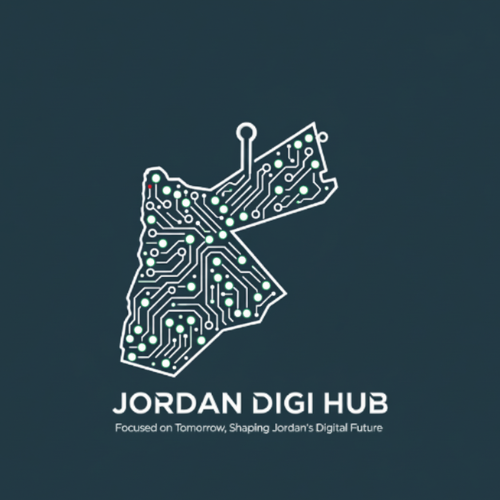Admin by
JDH
August 7, 2025
In today’s digital world, data is often called the “new oil.” Every click, purchase, and online interaction generates a trail of valuable information. But without proper analysis, raw data is just numbers and figures—it’s only through data analysis that we unlock its true potential.
What is Data Analysis?
Data analysis is the process of collecting, cleaning, and interpreting data to extract meaningful insights. Businesses, governments, and researchers rely on it to identify patterns, make smarter decisions, and predict future trends.
Why is it Important?
1-Smarter Decisions – Data-driven insights replace guesswork with facts.
2-Efficiency – Helps organizations optimize processes and cut costs. Customer Understanding – Provides deep insights into customer needs and behavior.
3-Competitive Advantage – Businesses that analyze data effectively stay ahead of the competition.
2-Efficiency – Helps organizations optimize processes and cut costs. Customer Understanding – Provides deep insights into customer needs and behavior.
3-Competitive Advantage – Businesses that analyze data effectively stay ahead of the competition.
Types of Data Analysis
1-Descriptive Analysis – Summarizes past data (e.g., sales reports).
2-Diagnostic Analysis – Explains why something happened (e.g., drop in sales).
3-Predictive Analysis – Uses past data to forecast future trends.
4-Prescriptive Analysis – Suggests the best course of action for desired outcomes.
2-Diagnostic Analysis – Explains why something happened (e.g., drop in sales).
3-Predictive Analysis – Uses past data to forecast future trends.
4-Prescriptive Analysis – Suggests the best course of action for desired outcomes.


Applications in Real Life
1-Healthcare – Predicting disease outbreaks and improving patient care.
2-E-commerce – Personalized recommendations and smarter inventory management.
3-Finance – Fraud detection and market trend forecasting.
4-Education – Tracking student performance and improving learning outcomes.
2-E-commerce – Personalized recommendations and smarter inventory management.
3-Finance – Fraud detection and market trend forecasting.
4-Education – Tracking student performance and improving learning outcomes.
Data analysis is no longer optional—it’s essential. Organizations that harness the power of information will not only survive but thrive in an increasingly digital and competitive world.



